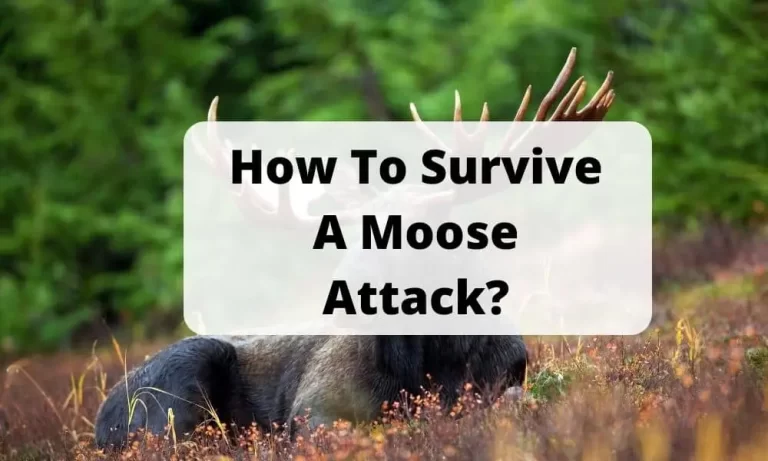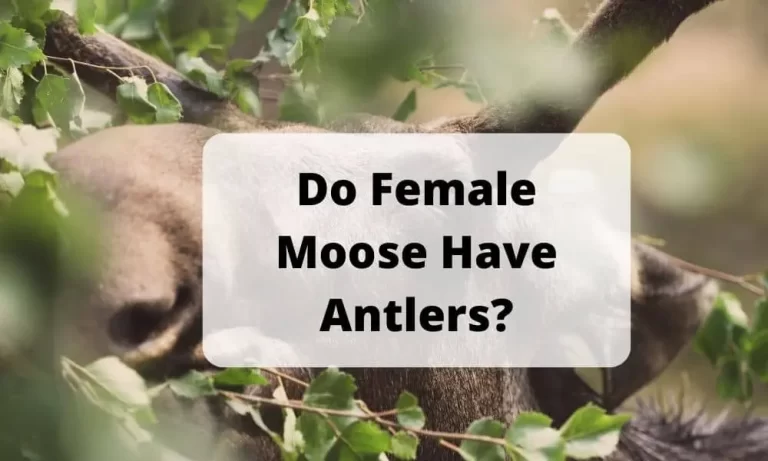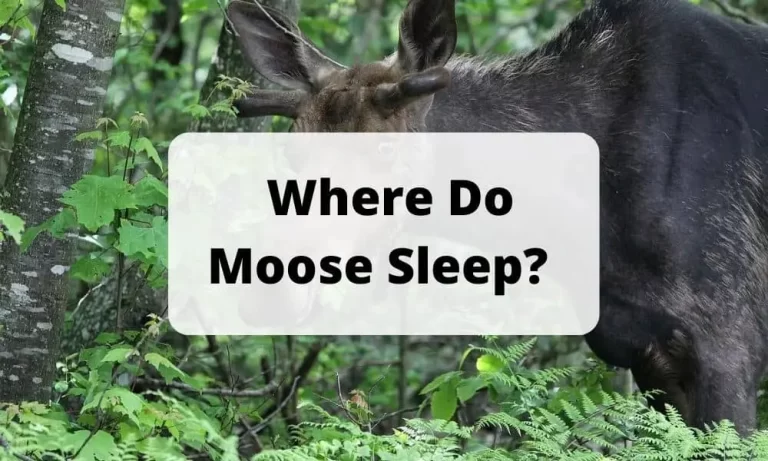Is Moose Hunting Legal? Moose Hunting Guide
People like to hunt Moose because they are magnificent and a delightful snack. The quality of your wild animal dishes will be unrivaled for a year after you successfully kill a moose in a hunt. Fall hunting isn’t complete without a moose for many hunters in countries where the animal is revered as a symbol of abundance and well-being.[acf field=”Schema”]
In addition, trophies of Moose are precious. Moose bulls can have antlers as wide as five feet and carry more weight in their antlers than any other animal in the world. So, people hunt Moose with passion, and it is legal if they have a Wildlife Habitat Certificate, and if not, it’s completely illegal.

Here we will talk about moose hunting in detail;
Is Moose Hunting Legal?
Yes, moose hunting is legal in one way if you have a wildlife habitat certificate and certified refusal to hunt Moose. And with all this, you should follow the hunting laws.
Another way is if you are a resident of the state. Non-residents can obtain one whitetail deer license each for either the male or female Moose. Outfitters in the north can apply for non-resident moose licenses. Non-resident hunters must be located by outfitters who have permission.
What Are The Best Places To Go Hunting Moose?
Moose likes to live in the forest, around the lakes, and in the mountains of northern areas. So, Moose can be found in the northern hemisphere’s boreal forests. Both the Kamchatka moose and the Russian north-Chukotka east Moose are enormous. Eastern and Western Canada Moose are distinguished by a line drawn across Ontario, separating the two populations.
As far south as Colorado and Utah, you can find Shiras moose. They have the tiniest antlers in North American Moose. Norway, Sweden, Poland, and Russia have active moose hunts. Therefore, all kinds of Moose can be found in northern Europe.
When Is The Best Season To Go Moose Hunting?
For the most part, moose hunting occurs during the rut, which typically lasts from September to October in most of the moose territory. Because it is breeding months for the Moose, they used to be injured due to battling with each other for female Moose.
The hormone spike during the mating season has passed by late November or early December, making it much easier to track an injured bull, making this a prime time for meat hunting. Moose shed their antlers around the first snowfall.
How To Find Moose To Hunt?
Moose can be difficult to locate, too. Despite their large size, they are adept at blending into dense undergrowth and vegetation, making them difficult to spot from more than 20 to 30 yards.
They can remain undetected for days in these thickets where they frequently feed. But the most challenging part of moose hunting is dealing with the dead animal.
It’s challenging to move the big carcasses around. For the inexperienced, killing a moose can be a complex operation, and moving it out might be even more difficult.
There have been numerous reports of hunters injuring themselves when transporting moose meat in muddy, swampy conditions. Make sure you and your hunting mates are dedicated to seeing the hunt through to the end before setting out on all the moose hunts. Then go for it!
What Is The Best Method To Hunt Moose?
Catch and chase hunting for Moose is expected in the hilly regions of the Rocky Mountains, western Canada, and Alaska. Positions overlooking big swaths of willow provide the best views. Watch for newer groves of beech and poplar if you don’t see any willow.
Glassing from the base of a hillside in brushy areas where the willows are shorter than a moose may often be successful.
The elevation is almost required for glassing brushy creek banks and big braided river flats. If you’re lucky, you can look down into the willows and spot moose that would be hard to find from the animal’s elevation.
Even though hills and knobs provide the ideal glazing platforms, you can scale trees to get a good view in the lack of topography. With lashed poles, some hunters even build glassing platforms over the willows. It may only take a few feet of elevation to spot distant animals.
If you catch sight of a moose but lose track of it, continue to search for it. If the Moose isn’t frightened, it’s unlikely to go far. Bulls will only walk a few hundred yards a day for the most part.
If you locate a bull throughout the evening, you’ll likely see him there again in the morning. Moose are more likely to appear in the vicinity if you keep your stench under control and minimize the amount of noise and movement you make.
Hunting Through Seeing And Stalking
When contrasting Moose to cautious animals like whitetail deer, elk, and Dall sheep, moose aren’t very tough to track down and capture on foot. You can approach a bull quite aggressively once you’ve memorized its location as long as you watch the wind.
Don’t worry if you disturb the Moose by breaking branches or snapping bushes; they’re used to the noise. Metal on metal and rhythmic footfall that doesn’t sound like animal sounds should be avoided.
Although well-placed bullets can often knock down a Moose, you should always aim for a position from which you can quickly take a second shot in the chance that your Moose continues to move after the original shot is taken.
To avoid his death in the water, you should watch him. Also, remember that injured Moose have been seen to attack and trample on hunters who attempt to approach.
The Waterways
Even today, a boat or float trip down a river or stream is an excellent way to hunt. Check for moose eating or traveling along with sand bars or shorelines as you come around each bend. Before you go, look up nearby willow flats, meadows, and beaver ponds on topo maps and Google Earth to see whether you can get there on foot.
These locations can only be explored by beaching the boat. Then use any high bluffs or trees that stand just above the river valley to see where you’ve been, where you’re going, and what you’ve seen thus far. Remember that a moose can be right in front of you, within easy shot distance.
Still-Hunting
The flat terrain makes it ideal for still-hunting Moose, and the optimum times to do so are early morning and late evening, when Moose are most active.
The wind is the most crucial consideration; while Moose may endure some noise and strange shapes, the smell of a human will almost certainly cause them to flee into the woods.
Even if a moose is staring directly at you, if you maintain the wind at your back, you may be able to get within shooting distance. As a bonus, the moose area is full of moose trails, making it easier for hunters to locate Moose.
Cotton or soft wool clothing makes it possible for a hunter to silently stroll down the path of a moose track while scanning the surrounding landscape for moose ears, antlers, or legs.
Conclusion
So you can hunt Moose by following the rules. But why do people hunt Moose because its meat is delicious and its source of people’s economy? People used to hunt Moose through horses and boats from lake sites. So if you are interested in hunting Moose, go for it by following all the hunting laws.
Related Posts:





